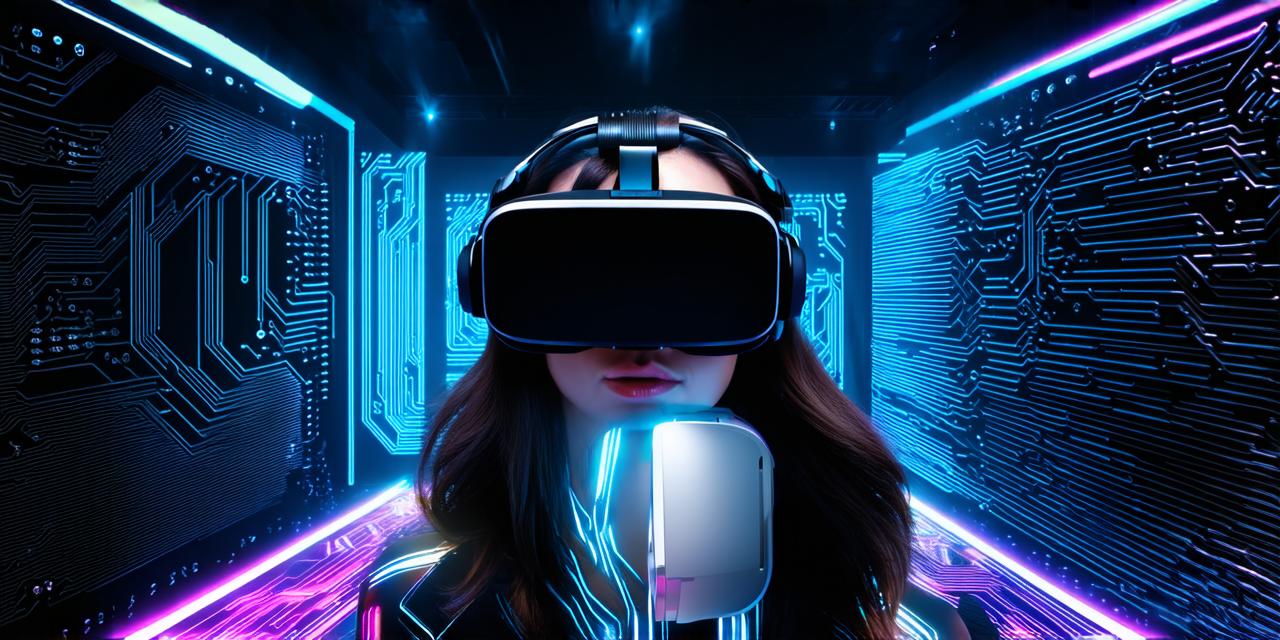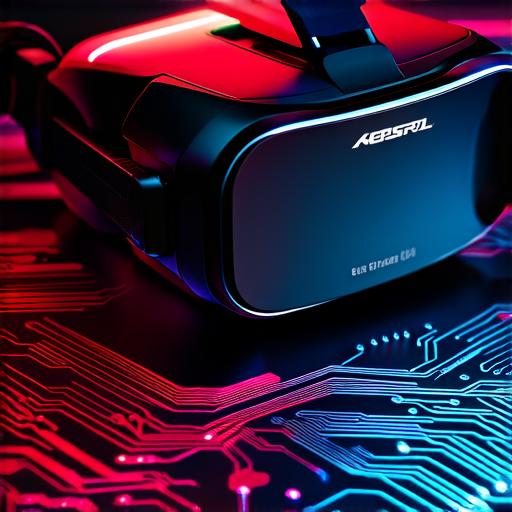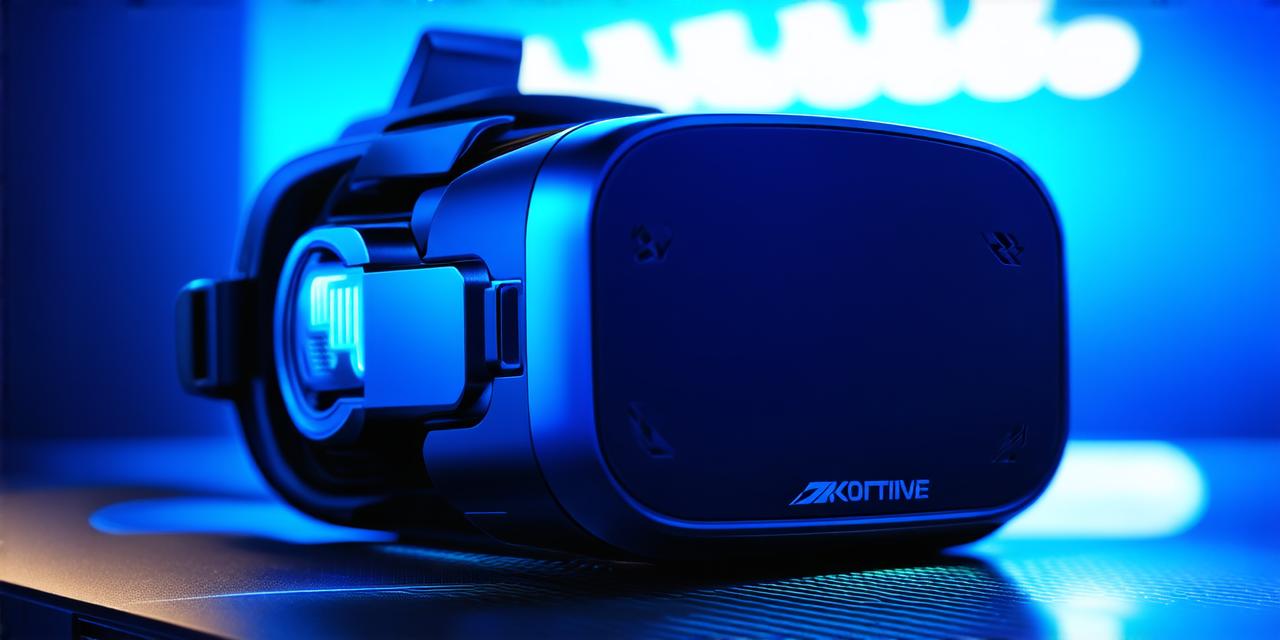
Enhance Your Gaming Experience with 4D VR Technology
In the dynamic landscape of gaming, innovation continues to be the driving force. Today, we delve deeper into the fascinating realm of 4D VR technology, a revolutionary leap that is poised to revolutionize your gaming experience.
The Four Dimensions of 4D VR
4D VR transcends traditional virtual reality (VR) by incorporating four dimensions: visual, auditory, and the two lesser-known dimensions – tactile and olfactory feedback. This technology aims to create a hyper-realistic environment that engages all senses. The visual dimension is responsible for creating lifelike images, while the auditory dimension provides realistic sounds. The tactile dimension simulates touch sensations, allowing users to feel virtual objects, textures, or even physical sensations like wind or heat. Lastly, the olfactory dimension aims to replicate smells in a virtual environment, further enhancing the sense of immersion.
The Sensory Experience
Imagine feeling the texture of a virtual object or smelling the aroma of a virtual flower. These are not mere figments of imagination but possibilities with 4D VR. A study by the University of London found that multi-sensory feedback significantly enhances the sense of presence and immersion in virtual environments. This means that users feel more connected to the virtual world, leading to a more engaging and enjoyable experience.
Case Study: The Evolution of 4D Gaming
Companies like The Void have taken 4D VR to new heights with their ‘Star Wars: Secrets of the Empire’ experience, where players can feel the heat of a blaster and even taste virtual food. Another example is the ‘Alien: Covenant’ VR Experience by FoxNext VR Studio, which uses haptic feedback gloves to simulate the sensation of touching alien creatures.
The Future of Immersive Entertainment
With 4D VR, we are not just playing games; we are experiencing them. This technology is set to redefine the boundaries of entertainment, offering an unparalleled level of immersion. As our world evolves, so does our ability to lose ourselves in these digital realms. In the future, we might see 4D VR being used in education, training, and even therapy, providing realistic simulations for learning or therapeutic purposes.
Challenges and Opportunities
While 4D VR holds immense potential, it also presents significant challenges. Technical hurdles such as latency issues, the need for advanced haptic feedback systems, and the development of realistic olfactory simulations are formidable obstacles. Yet, with each breakthrough, we move closer to overcoming these challenges. For instance, advancements in AI and machine learning could help improve the accuracy and realism of tactile and olfactory feedback.
FAQs
Is 4D VR available commercially?
While not widespread yet, some companies offer 4D VR experiences in select locations and events.
How does 4D VR work?

It uses specialized hardware to simulate tactile, auditory, and olfactory feedback based on the actions within a virtual environment. This includes haptic feedback gloves, vests for physical sensations, and even scent emitters for olfactory feedback.
In Summary
As we stand at the threshold of a new age, the potential of 4D VR technology is undeniable. It’s not just about winning games; it’s about living them. The future of immersive entertainment lies in our ability to blur the lines between reality and virtuality, and with 4D VR, that future is within reach. As we continue to innovate and overcome challenges, we are one step closer to creating a world where the impossible becomes possible.

